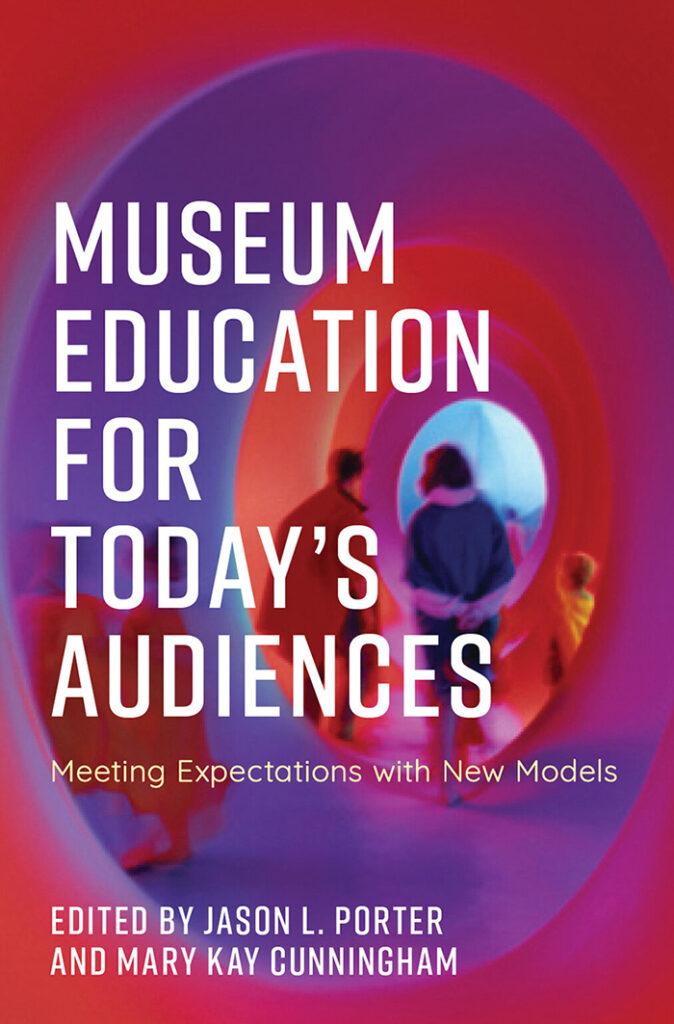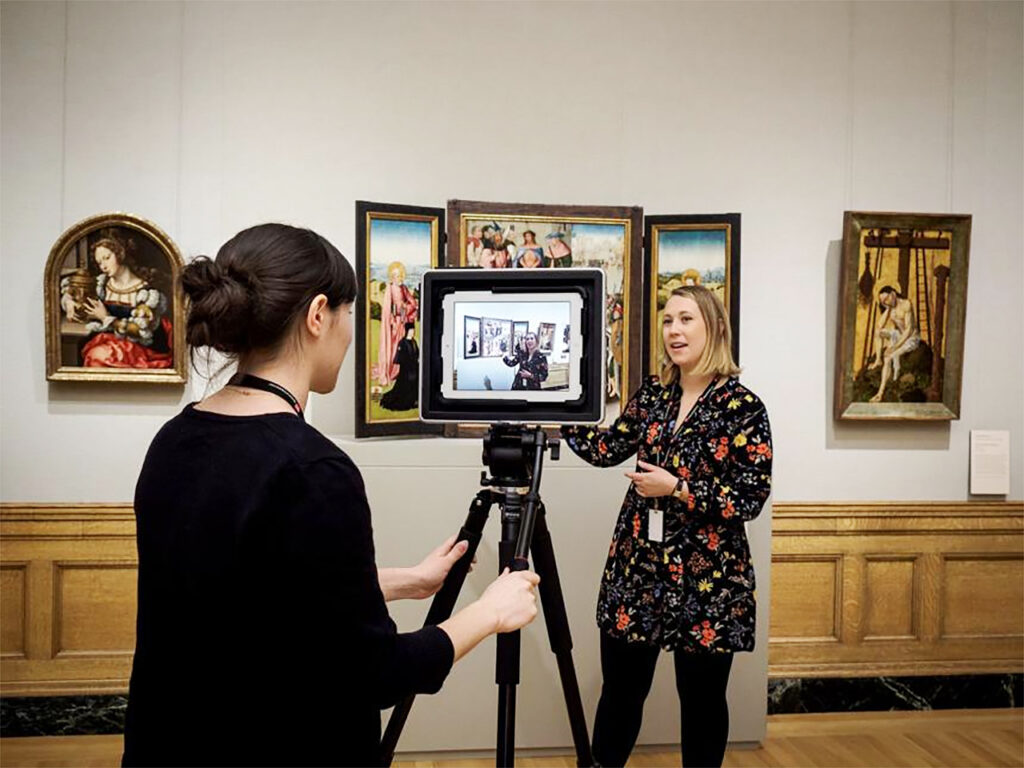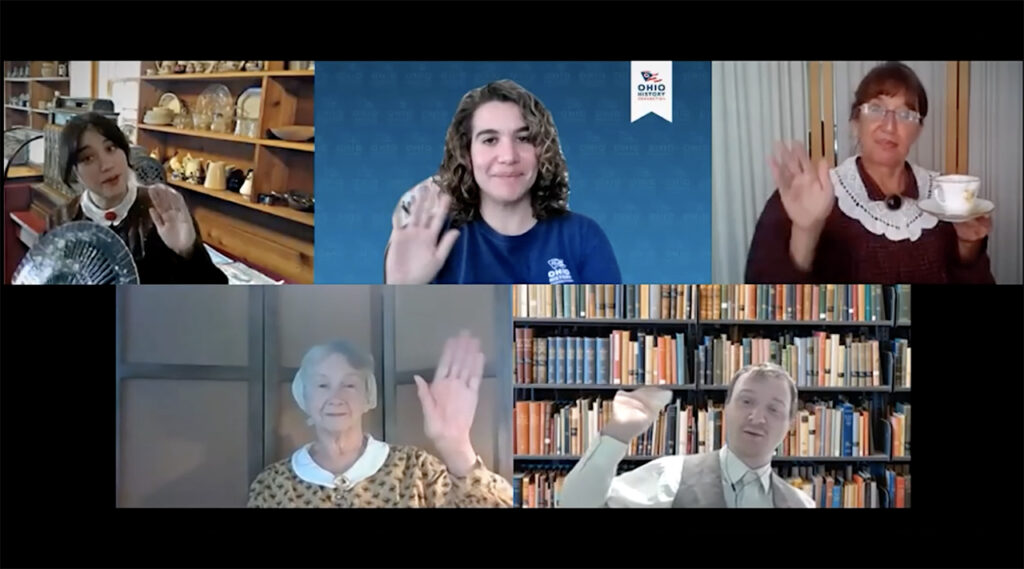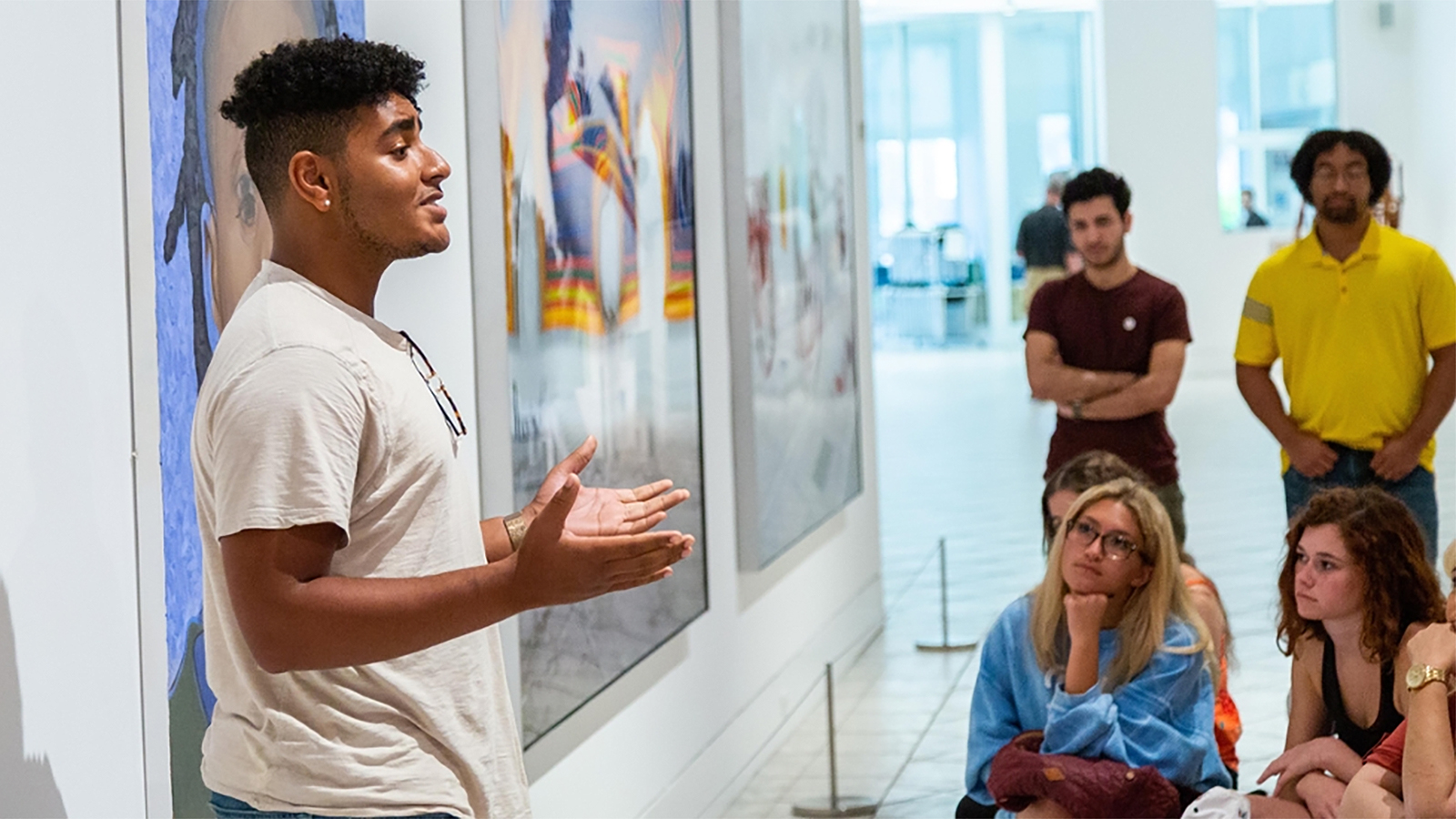As a practice, museum education is never not transforming. Besides responding to ongoing shifts in audience expectations and pedagogical approaches, the sector has lately had to confront pandemic-related disruptions, which have brought virtual formats to the fore, and reassess how its programs were addressing key societal issues from climate change to racial justice. Across the landscape, museum education, in Mary Kay Cunningham and Jason L. Porter’s joint assessment, is “a field in transition.”
And they know what they’re talking about. Collectively, the duo has chalked years’ worth of experience in educational programming within cultural institutions, with Cunningham currently heading up Dialogue Consulting, a firm she founded to facilitate collaborative experience design at cultural organizations, and Porter serving as the Kayla Skinner Deputy Director for Education and Public Engagement at Seattle Art Museum.
From their vantage points, they’ve witnessed a sector nimbly evolving and diversifying with time and tide. “Museum education is no longer monolithic, with a typical tour or classroom activity as the sole methodology that museum educators use to engage visitors,” they tell Jing Culture & Commerce.

Museum Education for Today’s Audiences is accompanied by an online resource, Evolve Museum Education. Image: Rowman & Littlefield
To best capture the latest developments in the field, Cunningham and Porter recently released Museum Education for Today’s Audiences, a volume of essays by museum educators reflecting “practical strategies, program examples, and innovative techniques that have allowed them to engage audiences in more meaningful ways,” they say. These include chapters on access for neurodivergent audiences by Beth Redmond-Jones (Monterey Bay Aquarium), on cultural competency as a key tool in community outreach by Teresa Valencia (Ohio History Connection), on the growing importance of digital capacity by Mark Osterman (Lowe Art Museum), among others.
Accompanying the book is an online portal, Evolve Museum Education, which, as billed, will collect additional resources to help grow and advance the discipline. “We see museum educators on the frontlines addressing urgent social issues, acknowledging historical inequalities in museums, innovating for accessibility, and leveraging partnerships with communities to maintain their relevance in a changing world,” say Cunningham and Porter of the work currently being done. And there’s more to do, as they, along with Osterman, elaborate below.
Over lockdowns, what struck you the most about how museums effectively adapted their educational programming?
Cunningham and Porter: More than ever, the past two years demonstrated our long-held belief that museum educators are indefatigable. When institutions were forced to shut down, museum educators immediately began figuring out how they could continue to serve their visitors. In most cases, this meant taking on the enormous task (and associated learning curve) of bringing virtual learning experiences online in a matter of weeks. The museum education community came together and helped each other test and share programming in new ways.
How do you see digital playing a role in museum education today?
Osterman: For education, digital matters for several reasons: it meets people where they are, it increases access by allowing people to connect even if they physically cannot be present, and it allows for ease of iteration, allowing content creators to easily change and adapt digital engagement approaches based on assessment and evaluation. Digital offers new pathways for co-creation, advanced discovery of information, and a multitude of tools related to accessibility. With that said, digital is not a solution, only a tool and not something that should always be embraced. Its implementation should be strategic and tactical, not the overriding force.

Over the past two years, the museum education sector has had to confront pandemic-related disruptions, which have brought virtual formats and distance learning to the fore. Image: MFA Boston
And as remote education has gained traction over the past two years, how do you see museums potentially sustaining these virtual formats moving forward?
Cunningham and Porter: It is critical that visitor studies professionals and museum educators are trusted to collect data and balance programming options moving forward. These decisions should also be based on giving staff time to reflect on their practice using visitor feedback or program attendance data, rather than just returning to the familiar way of doing things. Even more problematic would be the expectation that all prior in-person programming could just be added back on top of the new virtual programming menu without considering how that will increase the burden on museum educators who are already overworked.
Osterman: Museums will need changed operational budgets that consider the costs of hybrid program and content creation. Furthermore, museums need to reflect on new ways to structure organizational staff charts and figure out how these digital positions work across departments. There is no one-size-fits-all. Museums will also need to consider their distribution models for disseminating information. Rather than keeping all access to information in a gated format, museums should extend themselves to multiple platforms… to drive educators and other people to the museum’s digital resources and or the physical museum site.

“It is critical that visitor studies professionals and museum educators are trusted to collect data and balance programming options moving forward,” say Cunningham and Porter of the future virtual landscape of museum education. Image: Ohio History Connection’s Virtual Learning experience
Remote learning has also highlighted the digital divide where a museum’s virtual programs might not reach audiences with varied access to tech. How should museums best approach this gap?
Osterman: I think the best approach is to offer hybrid programming, synchronous and asynchronous access to programming, so there are multiple opportunities to engage, and to create community partnerships that allow museums to co-create programming in a way that is inclusive. Again, this will not be a one-size-fits-all situation. Depending upon the location of the museum, constituents will have different levels of digital literacy, access to technology, and levels of comfort with engaging the museum.
Looking ahead, what would you like to see more of in the museum education field?
Osterman: As always, I would like to see museum educators playing a leadership role at museums so that their expertise, empathy, and experience with visitor engagement remain pivotal to administrative and strategic decisions that affect the direction of museums and how they understand community impact.
Cunningham and Porter: To evolve as a field, we need to see more concrete agreements between the academic side of the field and practitioners to provide practical experiences for professionals within and outside of Museum Studies programs. Ultimately, all these growth areas rely on museum educators and their institutions prioritizing time and resources for professional development and focusing on a mindset that is open to continuous learning.



